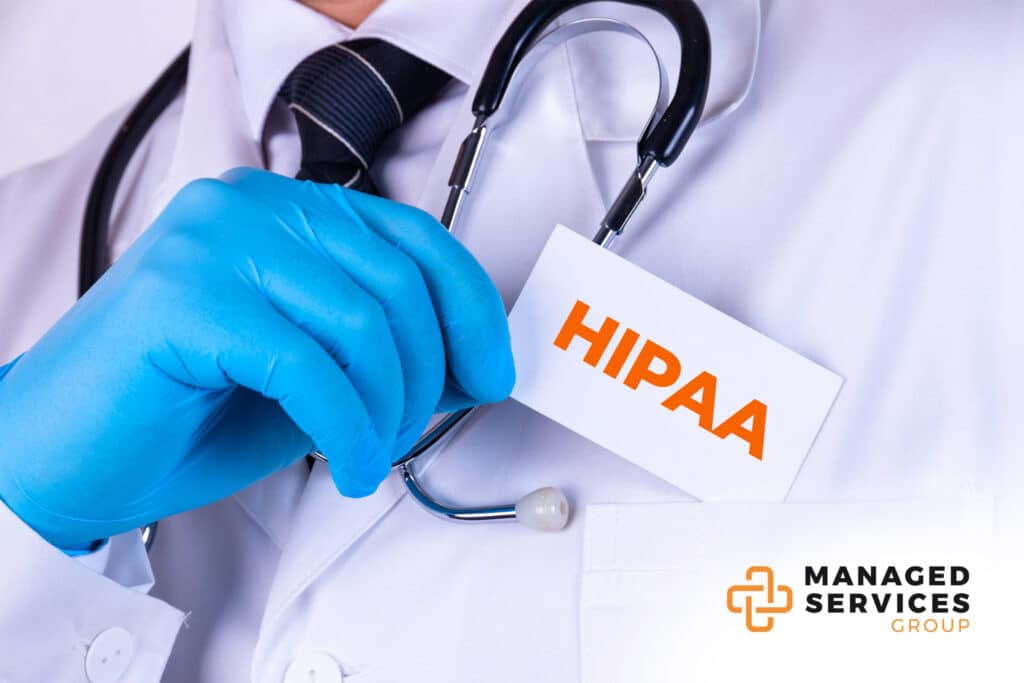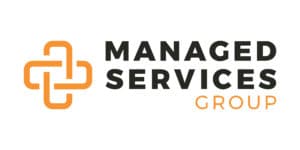If you’re in the medical profession, you’ve no doubt been told about the HIPAA security rule. Patient data poses particularly serious privacy and security risks for firms in the healthcare industry, as well as third parties working in the field. Patient data must be processed, stored, and transmitted securely to avoid data breaches or leaks of confidential information.
Since its birth in 1996, at the cusp of information technology advancements and migration of patient information to digital form, companies must protect data in accordance with the requirements set forth in the Health Insurance Portability and Accountability Act of 1996. (HIPAA).
The US Department of Health and Human Services is in charge of HIPAA (HHS). It was created to safeguard a type of information known as protected health information (PHI) or patient health information.
The HIPAA Security Rule, in particular, has three major components to which you should pay close attention – but what are they exactly?
Who Is Impacted By HIPAA?
HIPAA compliance is required of all entities that regularly produce, transmit, store, or otherwise come into contact with PHI. These businesses come under the “covered entities,” category which includes more than just healthcare providers. Entities that are covered include:
- Hospitals, nursing homes, and other group care facilities, pharmacies, and other healthcare professionals, such as general physicians and doctors of all specialties (including psychology).
- Private corporations that provide and process insurance, facilitate governmental plans, Health Maintenance Organizations, and so on are examples of health coverage plans.
- Companies that process nonstandard health information and transfer it into standardized formats (or vice versa) for the parties mentioned above are known as health clearinghouses.
HIPAA was significantly updated as part of the HITECH Act in 2009, extending compliance duties to covered entities’ business associates, which typically inform contracts reached between these parties. So, whether your company is in the healthcare industry, or if you work with healthcare companies, HIPAA is for you.
What Are The Three Primary Parts of HIPAA Authorization?
The three main components of HIPAA are:
Administrative Security: This is the first of three HIPAA sections, and it regulates security staff, security management, and information access management, as well as the evaluation of security systems and workforce management and training.
Physical Security: The physical security component is in charge of facility access, control, and limiting access to patients and their data. Physical security, which places constraints on physical equipment and manages their disposal, also covers workstation and device security.
Technological Security: This component includes audit controls, integrity controls, access controls, and transmission security to guarantee that all technical components are protected against attacks and breaches.
Let’s break those down into their respective requirements.
Administrative Security
Thanks to the administrative standards, patient information and data should be accessible and correct. The HIPAA law’s administrative requirements mandate that users document their privacy procedures in writing. The following are some more components of the administrative requirements:
- Appointing individuals or a member of staff to be in charge of HIPAA compliance and data security.
- Employees who will have access to patient information and data will be identified.
- Employees are being trained on the privacy policy and how to execute it.
- To comply with the HIPAA security rule, third-party members must sign contracts.
- Creating an emergency plan and backing up the data.
- Performing an annual data security evaluation.
- Developing a data breach response plan.
Physical Security
Physical security requirements enable healthcare businesses to avoid device theft and loss (particularly for patient information). The following are examples of HIPAA Law’s physical security requirements:
- For the sake of securing the desks and keeping information safe from the general public, access to computers is restricted.
- Limiting access to restricted areas and requiring visitors to sign in properly.
- When disposing of software and hardware, exercise caution and follow best security practices. That includes the wiping of the hard drive.
- Contractors and staff must receive safety training.
Technological Security
Tech security applies to the in-house technology, but also any medical apps. They are meant to secure devices and networks from data breaches. The following are some examples of technical security requirements:
- Encrypting critical files and ensuring encryption is used on cloud-based systems.
- Using preventive systems and firewalls to protect the healthcare network from hackers.
- After proper identification, train personnel on how to avoid phishing frauds.
- Backing up data in case of deletion or modifications.
- Requiring a password to authenticate data transfers to other parties.
- Employees must be required to update their passwords regularly, and the passwords must contain a mix of characters, numbers, and letters.
- Using double-keying and redundancy technology to prevent data entry errors.
- Keeping network and technology documentation up to date.
At Managed Services Group, we get how important compliance is to healthcare providers and other covered businesses. We want to support you with your HIPAA compliance, tailored to your company’s needs and resources. Plus, whether it’s implementing a basic security architecture or more advanced measures like threat management or penetration testing, our expert staff is happy to assist you with all aspects of your cybersecurity.
Do you have any doubts about your HIPAA or healthcare compliance efforts? Are you unsure where to begin? We can help with that! Give us a shout, and we can discuss your IT needs.









